Despite all the advancements in science and technology, there are still many weather phenomena that continue to puzzle experts. From glowing tornadoes to ice circles, these strange occurrences defy complete explanation, leaving researchers with more questions than answers. Some of these events are rare and hard to predict, while others happen in specific regions under unique conditions. What’s clear is that nature still holds plenty of mysteries, and these weather phenomena remind us just how little we understand about the forces shaping our planet. In this article, we’ll explore 16 of the most bizarre and unexplained weather events that continue to baffle scientists.
Ball Lightning
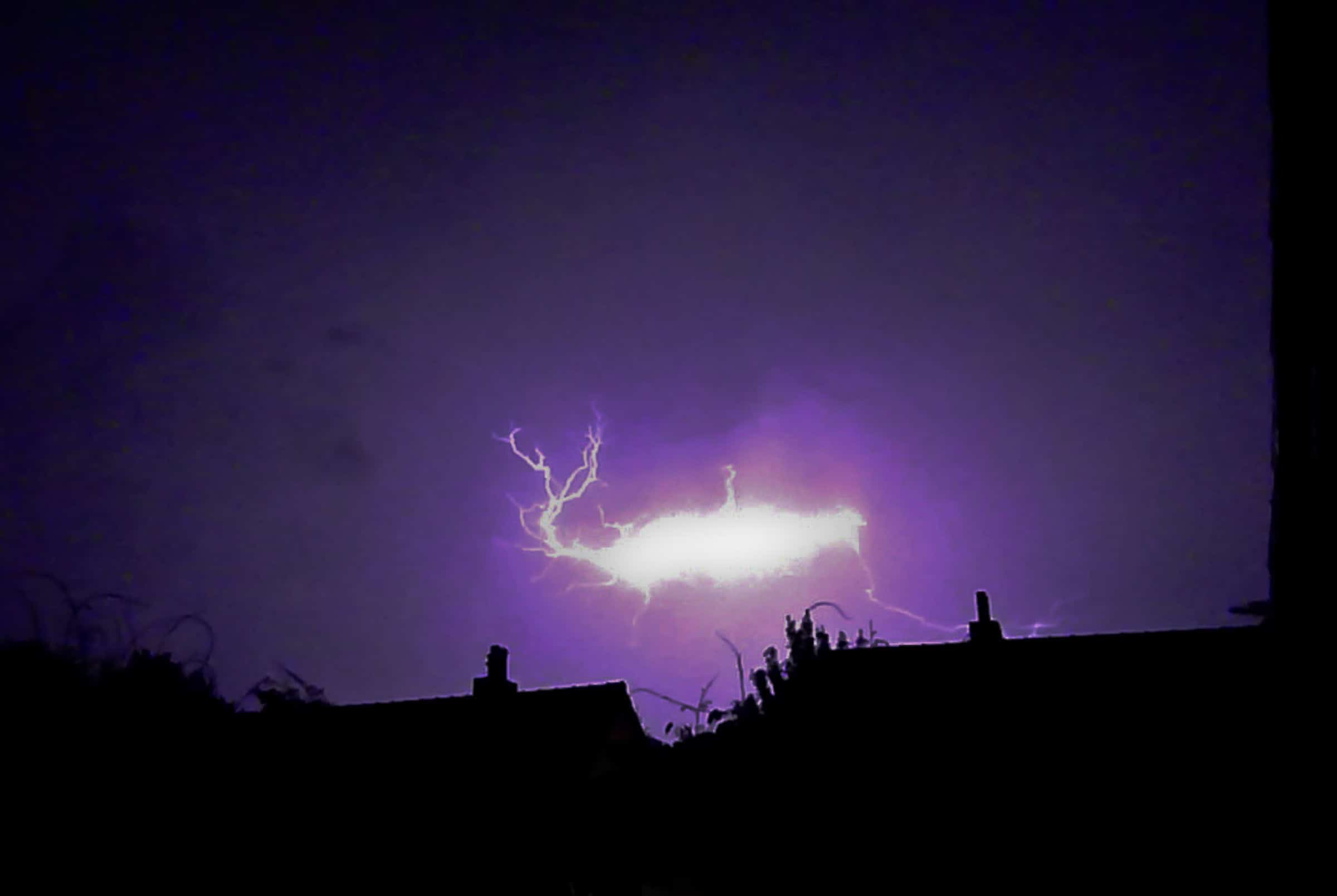
Ball lightning is one of the most mysterious weather phenomena that continues to baffle scientists. Unlike typical lightning, these glowing orbs of light can appear during thunderstorms and hover near the ground for several seconds. The balls vary in size, ranging from a few centimeters to several meters. While some theories suggest plasma formations or the interaction of electromagnetic fields, no definitive explanation has emerged. Witnesses have reported ball lightning passing through windows or walls without causing damage, which adds to the enigma. Researchers have managed to recreate similar occurrences in lab conditions, but the natural phenomenon remains elusive. Its rare, unpredictable nature makes it even more challenging to study in real time.
St. Elmo’s Fire
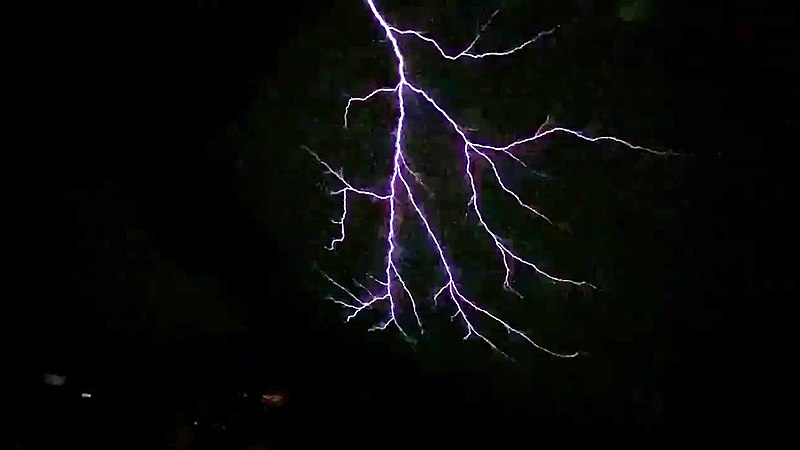
St. Elmo’s Fire is a glowing light that appears at the tips of tall objects, such as ship masts or church steeples, during thunderstorms. It has been observed for centuries, with sailors often interpreting it as a good omen. The phenomenon occurs due to ionization in the air, creating a bluish or violet glow. However, despite a basic understanding of its formation, the precise conditions required to produce this luminous event are not fully understood. It is not the same as lightning, though it often precedes electrical storms. The phenomenon also raises questions about the nature of electrical fields in the atmosphere. How it lasts for several minutes in some cases is still a puzzle.
Frost Flowers
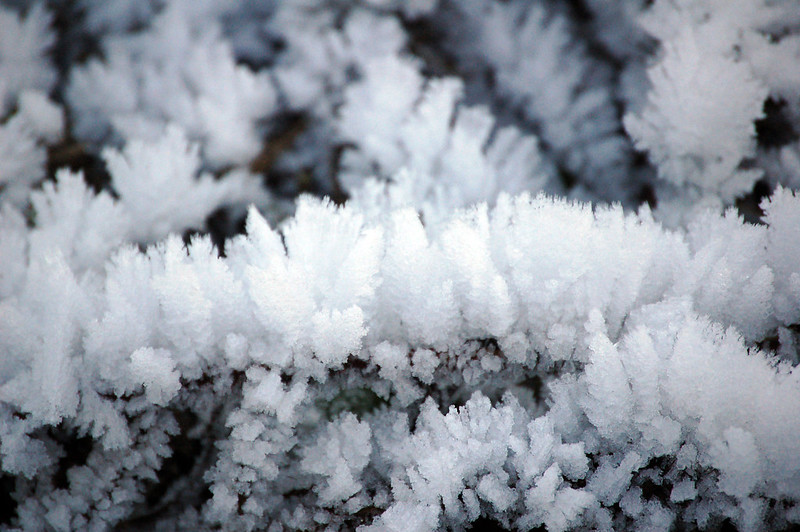
Frost flowers are delicate, ice-like structures that form on thin ice or exposed plant stems during cold weather. They resemble intricate, blooming flowers, yet they are made entirely of ice crystals. The conditions needed to create frost flowers are so specific that they only occur under rare circumstances, typically in polar regions or very cold environments. While we know they form when moisture is drawn from the ground or water, the exact processes that create such fragile, intricate shapes are still debated. Some scientists believe it’s a combination of temperature, moisture, and atmospheric pressure, but no one has successfully replicated the phenomenon consistently. Their beauty and rarity make them a favorite subject for both scientists and photographers. Despite being studied, there remains no complete explanation of their unique appearance.
Catatumbo Lightning
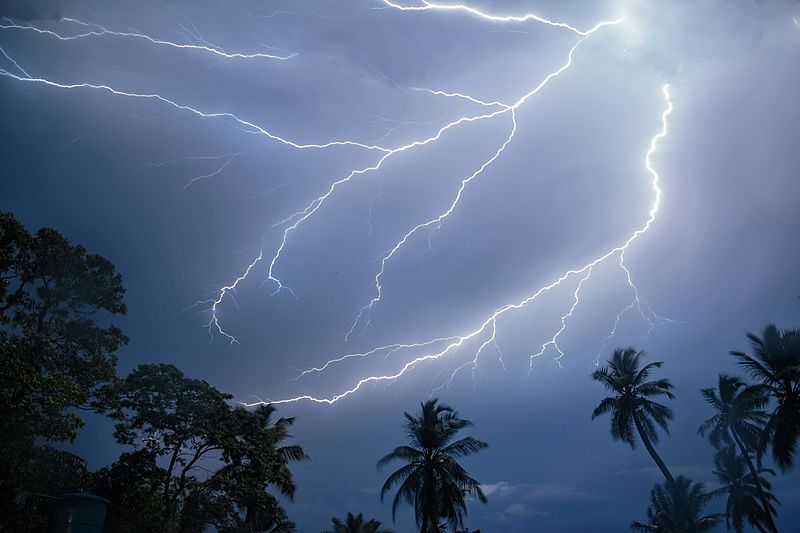
Catatumbo Lightning is a continuous lightning storm that occurs over Venezuela’s Lake Maracaibo. This storm can produce over 1.2 million lightning strikes per year, making it one of the most electrifying places on Earth. While it’s known that local geography and weather patterns play a role, scientists are still unsure why this area is so prone to nearly nonstop lightning activity. The interaction between warm, moist air from the Caribbean and the cold Andes air might be part of the cause. However, it’s not entirely clear why this combination leads to such persistent and powerful lightning storms. The phenomenon occurs mainly at night, providing a dazzling display of nature’s power. Yet, despite its predictability, the exact mechanisms remain under investigation.
Morning Glory Clouds
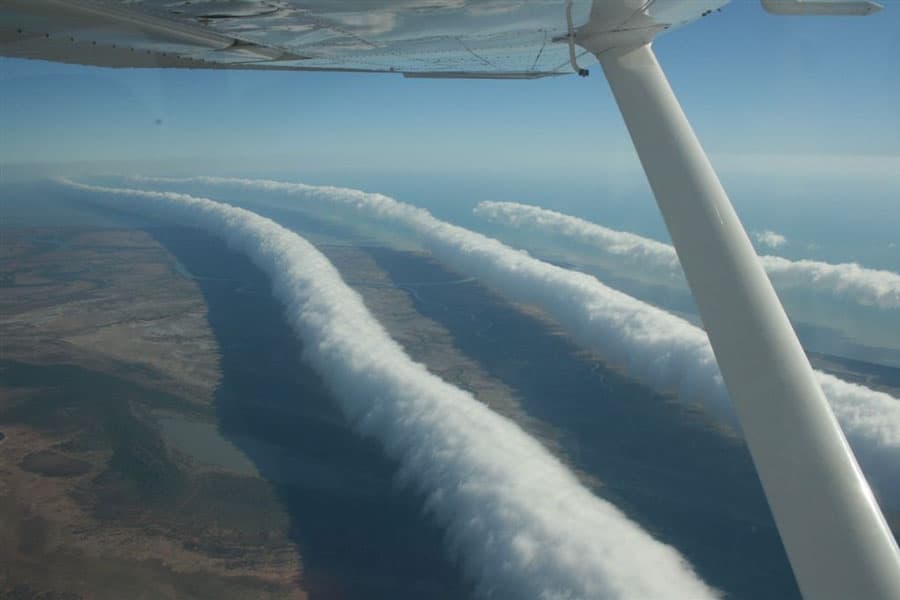
Morning Glory Clouds are rare, tubular-shaped clouds that can stretch up to 1,000 kilometers in length. These clouds are most commonly seen in northern Australia, although they have been spotted in other parts of the world. Scientists have linked their formation to temperature inversions and the interaction of different air masses. However, the precise mechanics that allow them to take on such a distinct, cylindrical shape are still not fully understood. Pilots have even flown alongside these clouds, using them for gliding, but they remain difficult to predict. They often appear in groups, sometimes stacked vertically in the sky, adding to their otherworldly appearance. Why they are limited to specific regions and seasons continues to puzzle meteorologists.
Red Sprites
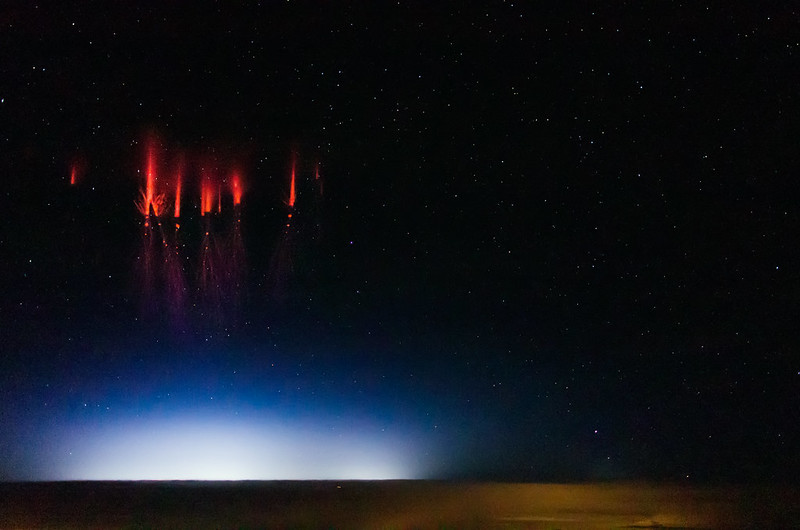
Red sprites are large-scale electrical discharges that occur high above thunderstorm clouds. Unlike regular lightning, which strikes downward, these flashes of red light appear in the upper atmosphere, often above 50 kilometers in altitude. The phenomenon lasts for only a fraction of a second, making it difficult to observe and study. While scientists believe that sprites are linked to positively charged lightning strikes below, there is still much to learn about the conditions that cause them. Their striking red color, combined with their fleeting nature, makes them one of the more elusive forms of electrical weather phenomena. High-altitude aircraft and specialized cameras have captured images, but their brief appearance remains a challenge for researchers. Despite recent studies, there is still no complete theory that explains their behavior.
Mammatus Clouds
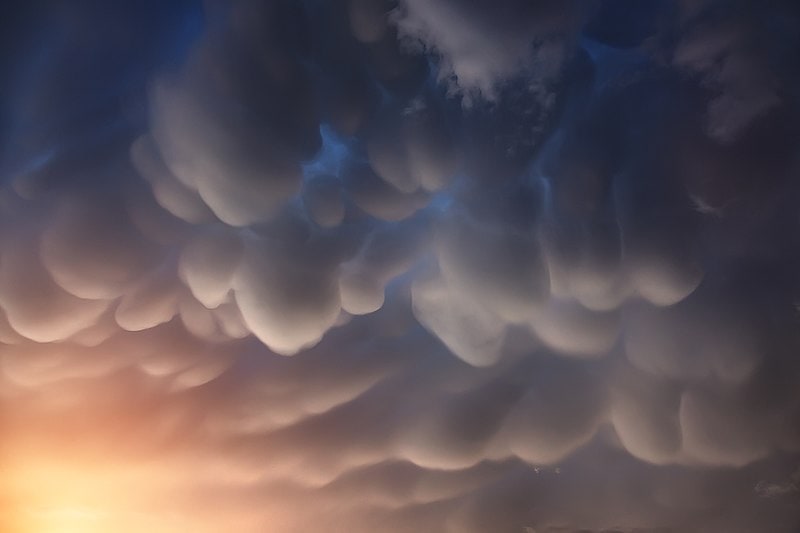
Mammatus clouds are unusual formations that appear as bulbous, pouch-like shapes hanging from the base of clouds, often following severe thunderstorms. Their appearance is striking, resembling a sky filled with cotton balls. While it’s generally accepted that these clouds form due to sinking cold air, the exact processes leading to their distinctive shape are still not fully explained. Meteorologists agree that they signal extreme atmospheric instability, yet predicting their occurrence is difficult. They can occur across various cloud types, adding to the mystery of their formation. Despite their ominous look, mammatus clouds do not always signify severe weather. Researchers continue to study their formation to better understand what atmospheric conditions produce this phenomenon.
Brocken Spectre
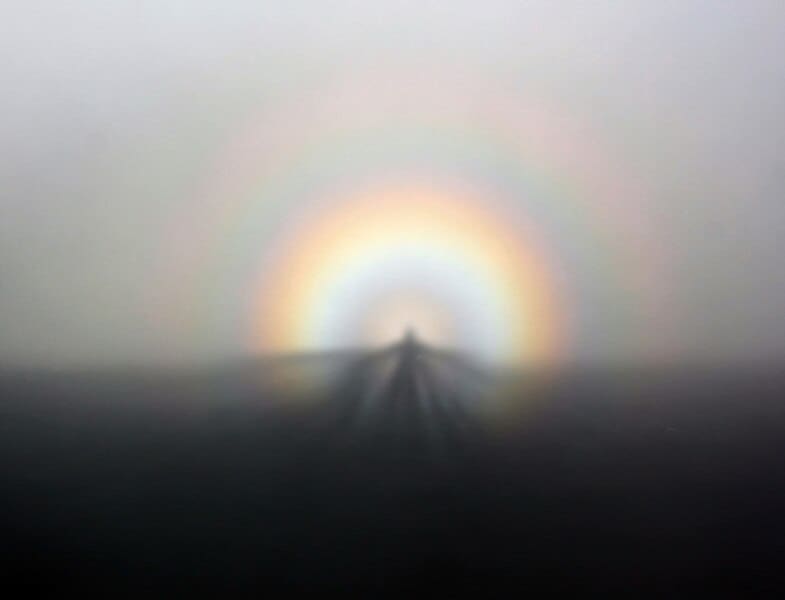
The Brocken Spectre is a phenomenon that occurs when a person standing on a mountain or at high altitude sees their shadow cast onto a cloud. What makes it eerie is that the shadow appears much larger than the person, often surrounded by a halo-like ring of light, known as a “glory.” This optical illusion occurs under specific conditions, such as when the sun is low behind the observer and a mist or cloud is in front. While scientists understand the basics of light refraction and the observer’s shadow creating the image, the full dynamics of why the shadow appears so large are still not fully known. The phenomenon was first recorded on Germany’s Brocken Mountain, hence its name. Despite modern optical research, the event continues to inspire awe and curiosity among those who witness it.
Haboob
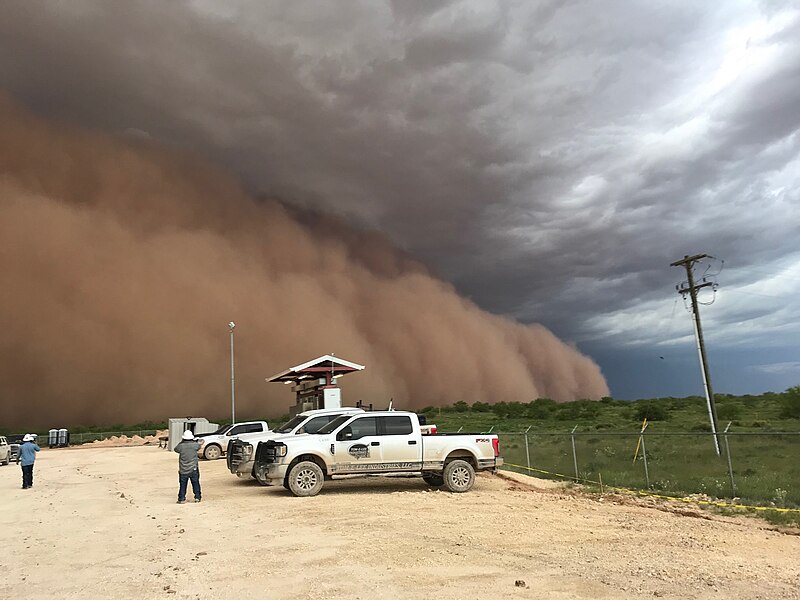
A haboob is a type of intense dust storm carried on a weather front, particularly common in arid regions like the Sahara Desert and parts of the Middle East. These storms can rise quickly, forming massive walls of dust that reduce visibility to almost zero. While meteorologists understand that haboobs are caused by downdrafts from thunderstorms that push dust and debris across the landscape, predicting their exact timing and intensity remains difficult. Their sheer size and speed make them dangerous, and they can engulf entire cities in a matter of minutes. The term “haboob” comes from the Arabic word for “blasting or blowing,” which accurately describes their sudden appearance. Although the mechanics of dust storms are well known, the full interaction between atmospheric conditions that lead to such colossal events still isn’t entirely clear. As climate patterns shift, haboobs are expected to become more frequent, making them a subject of ongoing research.
Green Flash
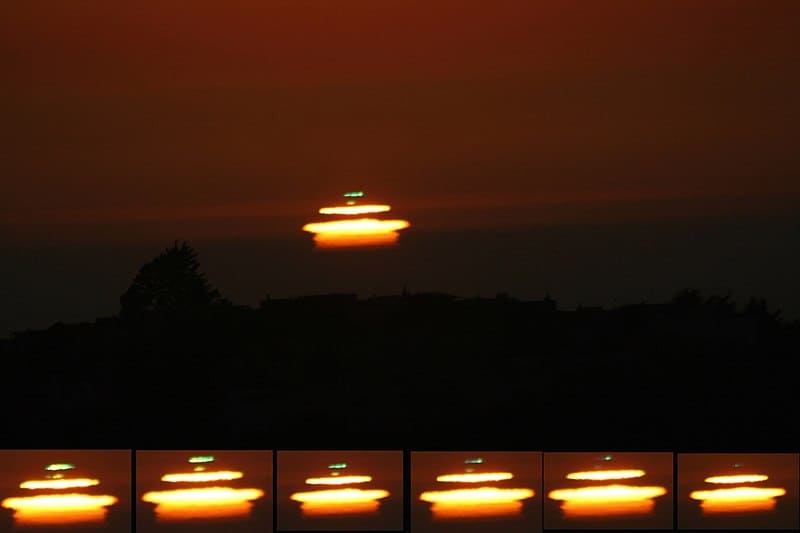
The green flash is a rare optical phenomenon that occurs just as the sun rises or sets, creating a brief burst of green light on the horizon. This fleeting moment happens when the atmosphere acts as a prism, separating light into different colors. Although the conditions needed to see a green flash—clear skies and a distant horizon—are well-documented, the precise atmospheric variables required for it to occur are still debated. Sailors and astronomers have long reported sightings of the green flash, but capturing it in detail has proven challenging. The phenomenon is linked to the bending of light through layers of the atmosphere, yet why it only happens under very specific circumstances remains unclear. Some people claim to see it more frequently in certain geographic locations, such as islands or coastal areas, but this too is not fully understood. As elusive as it is beautiful, the green flash continues to intrigue observers worldwide.
Ice Circles

Ice circles are perfectly round formations that appear on the surface of lakes or rivers during cold weather. These disks of ice can rotate slowly, giving them an eerie, otherworldly appearance. While scientists have proposed that they form due to a combination of cold air, water flow, and the Coriolis effect, the exact mechanics are still not fully understood. They have been observed in various parts of the world, from Scandinavia to North America, often in remote or quiet areas. Their size can vary from a few feet to over 50 feet in diameter, and their near-perfect symmetry adds to the mystery. Despite attempts to replicate them in controlled environments, their formation in nature remains unpredictable. Researchers continue to explore how water currents and air temperature contribute to these unusual formations.
Light Pillars
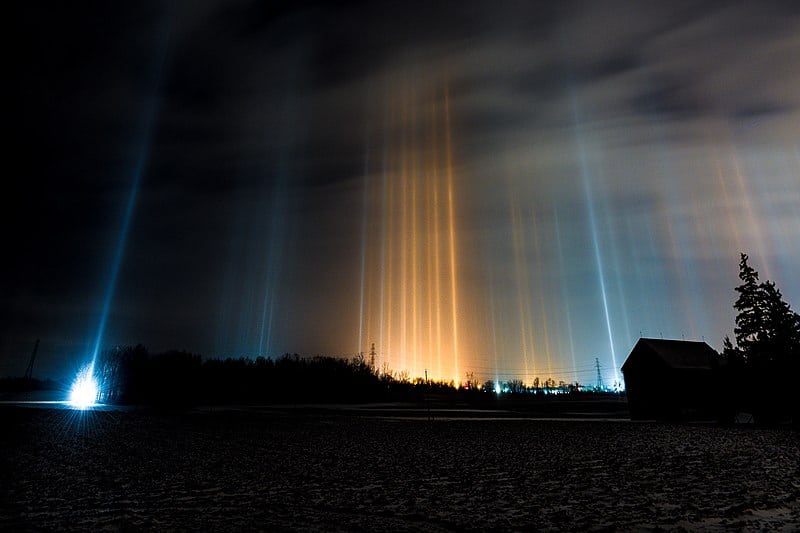
Light pillars are vertical columns of light that appear to extend from the ground into the sky, often visible during cold weather. The phenomenon is caused by the reflection of light from ice crystals suspended in the atmosphere. However, the exact shape and size of the pillars can vary greatly, and predicting when they will occur is difficult. The light can come from natural sources, such as the sun or moon, or artificial sources, like streetlights. Despite the basic understanding of how light interacts with ice, the conditions that lead to such striking pillars remain elusive. In some cases, the pillars can be so bright that they illuminate the entire night sky. This stunning visual spectacle remains a favorite among photographers, though scientists are still working to understand the variations in their appearance.
Fire Whirls
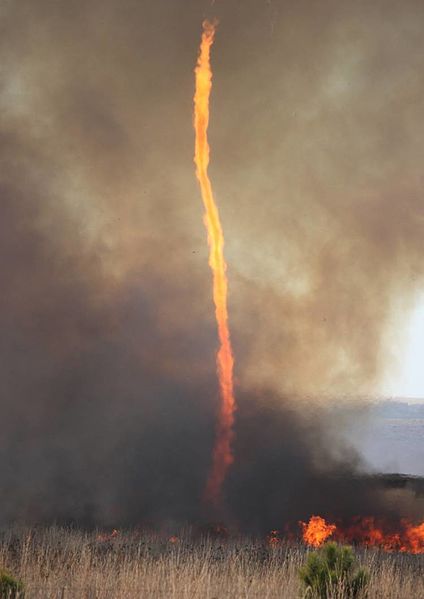
A fire whirl, also known as a fire tornado, occurs when intense heat from a wildfire generates a spinning vortex of flames. These fiery twisters can reach heights of over 100 feet and are capable of causing immense destruction. While the basic idea is that the heat from the fire meets turbulent air to create the spinning effect, the exact conditions that allow fire whirls to form are not fully understood. They can appear suddenly and last for only a few minutes, making them extremely difficult to study. Fire whirls are dangerous because they can spread embers far beyond the main fire, igniting new areas. Some researchers believe that specific wind patterns and atmospheric conditions must align perfectly for them to form, but this is still a topic of ongoing investigation. Their rarity and unpredictability make them one of nature’s most terrifying displays of power.
Brinicles
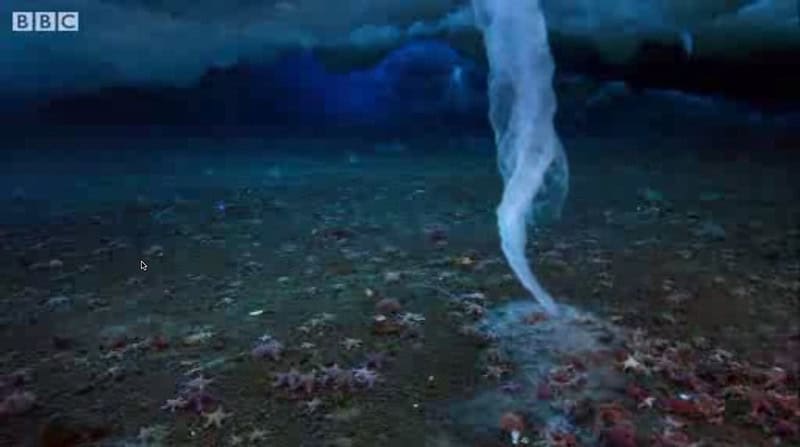
Brinicles, often called “ice stalactites of death,” form under sea ice when extremely cold, salty water sinks into the ocean, freezing the water it touches. This process creates icy tubes that descend toward the ocean floor. While scientists understand the basic chemistry of supercooled brine interacting with seawater, the rapid formation and specific shapes of brinicles remain puzzling. They can extend several feet downward and create icy death traps for marine life. Brinicles are difficult to study because they form in remote, frigid environments and disintegrate quickly once conditions change. The phenomenon was first documented in the 1960s, yet even with modern technology, they are rarely observed in real time. As researchers continue to explore polar ecosystems, they hope to better understand how brinicles contribute to the under-ice environment.
Luminous Tornadoes
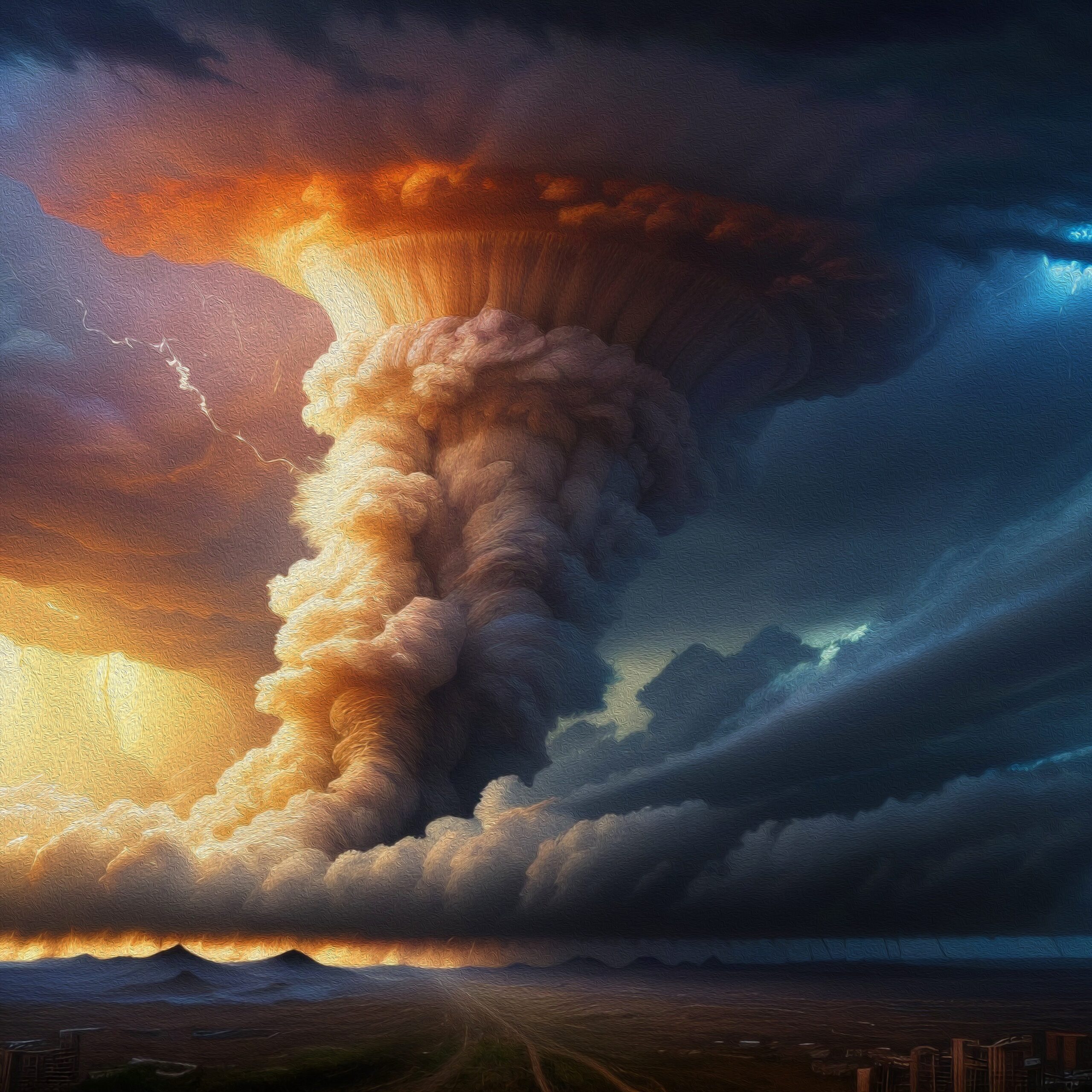
Luminous tornadoes are rare tornadoes that glow with an eerie light, sometimes appearing at night. Unlike regular tornadoes, which are invisible unless illuminated by debris or lightning, luminous tornadoes emit their own light. Scientists believe that the glow could be caused by electrically charged dust or debris inside the tornado, but this theory is not fully proven. Only a few luminous tornadoes have been documented, making them difficult to study. They are reported to glow in various colors, including white, blue, and even green. Despite modern technology, capturing this phenomenon on camera remains a rare achievement. The cause of the glowing effect is still debated, and more research is needed to fully understand this bizarre weather event.
Crying Stone Phenomenon
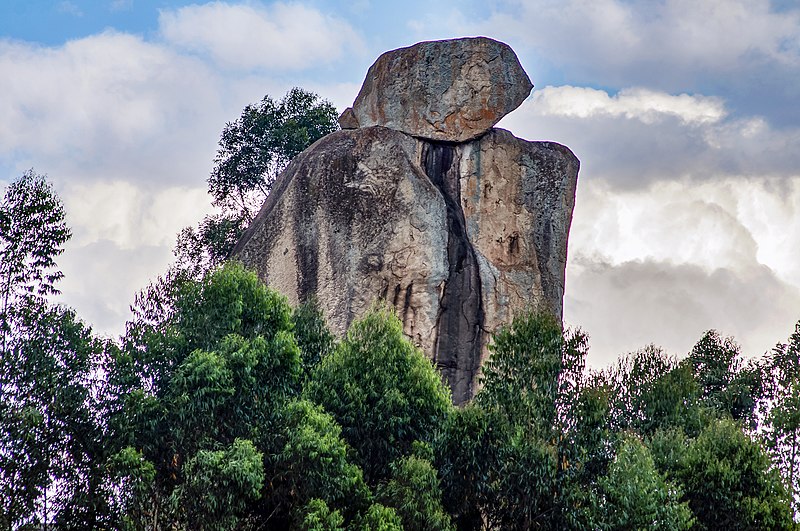
In certain areas, particularly in parts of Africa, there have been reports of large stones that appear to “cry” during rainstorms. These stones emit water droplets, often making a sound that resembles crying or wailing. While some scientists suggest that the stones absorb moisture and then release it when conditions change, there is no consensus on the precise mechanics. The phenomenon is rare and typically occurs in isolated areas, making it difficult to study. Some local traditions believe the stones are inhabited by spirits, adding a layer of mysticism to the event. Attempts to replicate the conditions in a lab have failed to consistently reproduce the “crying” effect. As a result, this phenomenon remains an intriguing blend of science and folklore.
This article originally appeared on Rarest.org.
More From Rarest.Org
Big cats are some of the most awe-inspiring creatures on the planet, roaming a variety of stunning landscapes across the globe. From the dense rainforests of the Amazon to the snowy peaks of the Himalayas, these majestic predators have adapted to thrive in some of the worldâs most beautiful and diverse environments. Read more.
Public transport has been shaped by countless innovations, and vintage buses played a significant role in this transformation. These buses, from early models with basic designs to more advanced vehicles with groundbreaking technology, helped move millions of people efficiently. Read more.
Throughout history, many civilizations have risen to greatness, only to mysteriously vanish, leaving behind ruins and unanswered questions. These lost cultures, once thriving and influential, continue to puzzle historians and archaeologists alike. Read more.



